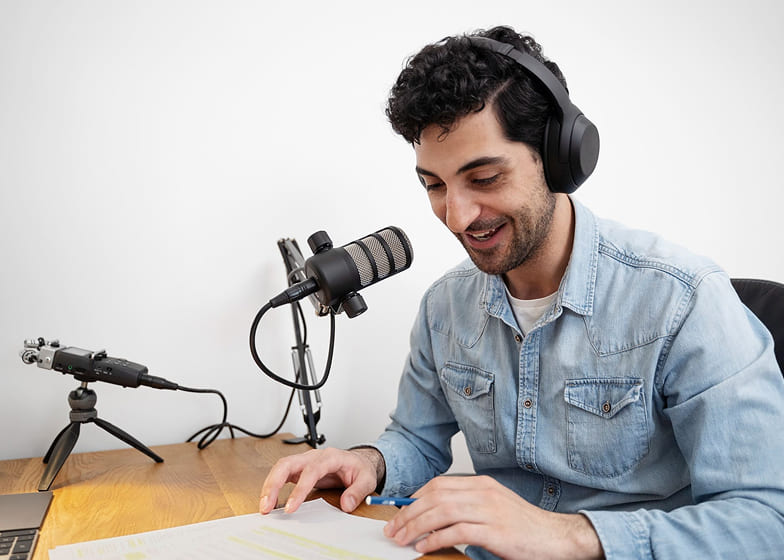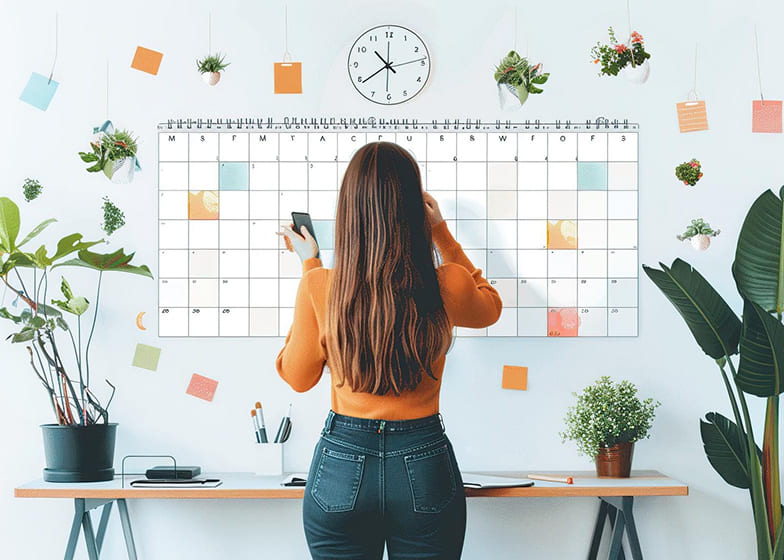15 Headline Hacks That Instantly Boost Click-Through Rates explores proven techniques to make your headlines more engaging, persuasive, and clickable. From using numbers, power words, and emotional triggers to creating curiosity and urgency, these hacks help your content stand out in crowded feeds and search results. Mastering these strategies can dramatically increase traffic, improve CTR, and drive measurable business growth.
Use Numbers and Lists
Numbers immediately grab attention because they promise structure and clarity. Readers know exactly what to expect—a specific number of tips, steps, or examples. For example, “10 Proven Ways to Grow Your Email List in 2025” signals digestible content. Lists make content scannable, improving readability, and people are more likely to click on content that feels easy to consume. Numbers also convey credibility; odd numbers often perform better because they feel more precise and less generic.
Include Power Words
Power words create emotional responses that compel action. Words like “ultimate,” “secret,” “proven,” or “instant” evoke curiosity, urgency, or excitement. For instance, “The Ultimate Guide to SEO Content Writing” instantly communicates authority and value. Power words can be used at the start, middle, or end of a headline and help your content stand out in feeds, emails, or search results.
Ask a Compelling Question
Questions engage readers by activating curiosity and prompting introspection. A headline like “Are You Making These Common Productivity Mistakes?” forces the reader to consider their own behavior and seek the answer. Questions work best when they tap into pain points, challenges, or desires of your target audience. Using questions also positions your content as a solution or guide, increasing click-through potential.
Use How-To Headlines
“How-to” headlines promise actionable value, which makes them highly clickable. Readers are naturally drawn to content that solves a problem or teaches them something practical. For example, “How to Boost Your Instagram Engagement in 30 Days” clearly explains the benefit and timeline. How-to headlines also perform well for search intent, as people often type “how to…” queries into Google.
Create Urgency
Headlines that communicate urgency trigger FOMO (Fear of Missing Out), motivating immediate clicks. Examples: “Limited Time Offer: Boost Your Sales Today” or “Only 24 Hours Left to Claim Your Free Guide”. Urgency works best when paired with a clear benefit and actionable next step. It can significantly increase CTR for time-sensitive promotions or campaigns.
Make It Specific
Vague headlines are easily ignored. Specificity increases credibility and clarity. For example: “7 Tools That Can Increase Your Website Traffic by 30% in 60 Days” clearly communicates the result and timeframe. Including numbers, exact results, or timelines makes headlines trustworthy and actionable, which boosts CTR.
Use Brackets or Parentheses
Adding brackets can highlight additional benefits or bonuses. Example: “SEO Tips for Beginners (2025 Updated Guide)”. Brackets signal that the headline contains extra information, such as updates, free resources, or key details. This tactic increases click intent because it communicates more value upfront.
Promise a Benefit
Headlines must answer the audience’s “What’s in it for me?” question. Example: “Boost Your Productivity in Just 10 Minutes a Day” clearly communicates the benefit: faster results in less time. Headlines that emphasize direct value attract readers who want solutions and are more likely to click than vague statements.
Use Negative Headlines (What Not to Do)
Negative headlines focus on preventing mistakes or losses, which can be highly persuasive. Example: “5 SEO Mistakes That Are Costing You Thousands”. People are naturally drawn to avoiding risk or loss, and negative phrasing triggers curiosity about what they might be doing wrong. It’s a psychological tactic to make the reader seek the solution.
Include Keywords for SEO
Integrating target keywords in your headlines ensures that your content is discoverable via search engines. Example: “Content Marketing Strategy for Small Businesses 2025”. Keywords increase organic CTR because users searching for those terms see exactly what they’re looking for. Keywords also help search engines understand relevance, improving rankings and visibility.
Evoke Curiosity
Curiosity-driven headlines create a gap in knowledge that readers want to fill. Example: “You’re Doing SEO Wrong—Here’s Why”. These headlines compel readers to click to discover the missing information. Curiosity works best when combined with specificity or benefit, so readers feel that the content will provide valuable insights.
Address the Target Audience Directly
Using words like “you” or “your” makes headlines personal and relatable. Example: “Is Your Business Ready for the AI Revolution?”. Personalization increases engagement because it makes readers feel that the content is speaking directly to them. Targeted headlines also help filter the right audience, improving both CTR and conversion potential.
Use Emotional Triggers
Emotional headlines leverage feelings like excitement, fear, surprise, or joy. Example: “The Shocking Truth About Social Media Marketing”. Emotional triggers compel action because readers are naturally drawn to content that stirs their emotions. Combining emotion with clarity and benefit produces highly clickable headlines.
Keep It Short and Punchy
Concise headlines are easier to read and remember. Ideal length is 6–12 words, making them mobile-friendly and scannable in feeds. Example: “Boost Your Traffic in 30 Days”. Short headlines grab attention quickly and communicate the core value without overwhelming the reader.
Test and Optimize Headlines
Even the best headline can be improved with testing. A/B testing headlines lets you compare CTR, engagement, and conversions. Tools like Google Optimize, CoSchedule, or social media analytics can track performance and guide improvements. Testing ensures that your headlines remain relevant, effective, and optimized for maximum impact.


















